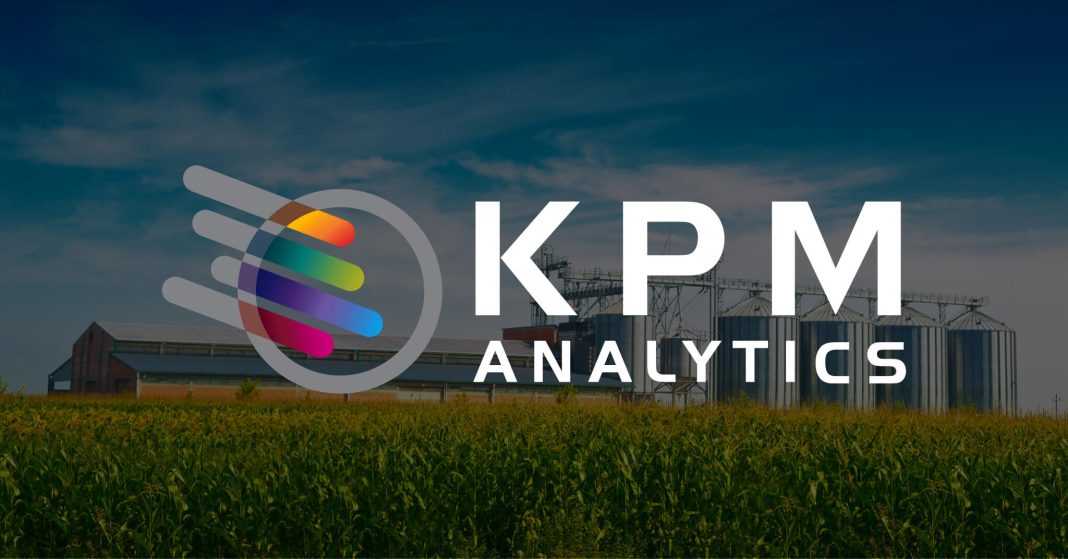KPM Analytics has officially announced the launch of its new segmented flow analyzer called NexaFlo, which marks a beginning for the company’s fourth generation of segmented flow analyzers. According to certain reports, the stated solution leverages decades of chemistry expertise and wet chemistry analysis experience to provide the market with a more sophisticated and advanced solution. Meant to address the health and safety concerns faced by research, academia, and environmental testing facilities, the NexaFlo analyzer basically includes a reagent containment system that prevents solvent vapor accumulation so to reduce the risk of reagent spillage for a safer working environment. Furthermore, it also comes decked up with built-in display which allows operators to adjust chemistry conveniently and monitor real-time changes in analytical conditions. More on the product’s underlying technology would reveal how it uses KPM’s FUTURA model analyzer, with advanced features that hand supply lab technicians the precision and accuracy they need to meet requirements for low limits of quantitation (LLOQ). Although present at every touchpoint, this precision on the product’s part becomes all the more important when analyzing samples for contamination or nutrient analysis, or for environmental monitoring. Now, given the promise of accuracy, NexaFlo naturally brings greater assurance to the fore. You see, with sensors built into the device, it is able to inform users on whether the segmented flow analyzer is in a healthy condition or not. This involves dispatching prompt notifications about any leaks or other operational issues to enable swift corrective action. By keeping the user updated in such a way, NexaFlo makes a point to enhance their confidence in its reliability.
Then, there is an advanced software suite in play which bears the responsibility to simplify laboratory operations and provide powerful tools for data analysis, workflow management, and instrument control. Here, you have a modular solution enabling independent and fault-proof operation in case of console breakdown so to ensure uninterrupted workflow and a more flexible approach than other systems. EPA / ISO methods are also available for different matrices. Going back to the device’s built-in display, it helps operators adjust chemistry, thus eliminating the need to work with multiple areas. The stated feature, in essence, makes it possible for laboratories to expand analytical operations up to 14 different chemistries in a single platform, and guess what, they can pursue this expansion at their own pace.
“We recognize that often, customers can struggle to achieve the right results during testing processes or lack adequate support in specific areas of application (trouble mode),” said Yuegang Zhao, Chief Commercial Officer at KPM Analytics. “We address this by creating an analyzer that combines greater sophistication with a user-friendly interface. It is easy to train, troubleshoot, and adjust to help smooth the transition of adding and implementing new analytical instrumentation.”
Hold on, there is more, considering we still haven’t discussed device’s cost efficiency. While traditional wet chemistry methods may require large quantities of reagents and consumables, driving up operating costs, NexaFlo’s modular nature and reagent containment system bucks the trend by reducing reagent usage and waste to generate substantial cost savings for laboratories.
Having discussed device’s capabilities, we must round things up with a mention of one specialized application for the NexaFlo™ i.e. marine water testing for nutrients and contaminants. This is because the analyzer offers capabilities that overcome common industry challenges, such as working with ultrapure water as a carrier or a potassium chloride (KCl) solution, and supplying a workaround when there is risk of trace amounts of ammonia in commercial KCl.













